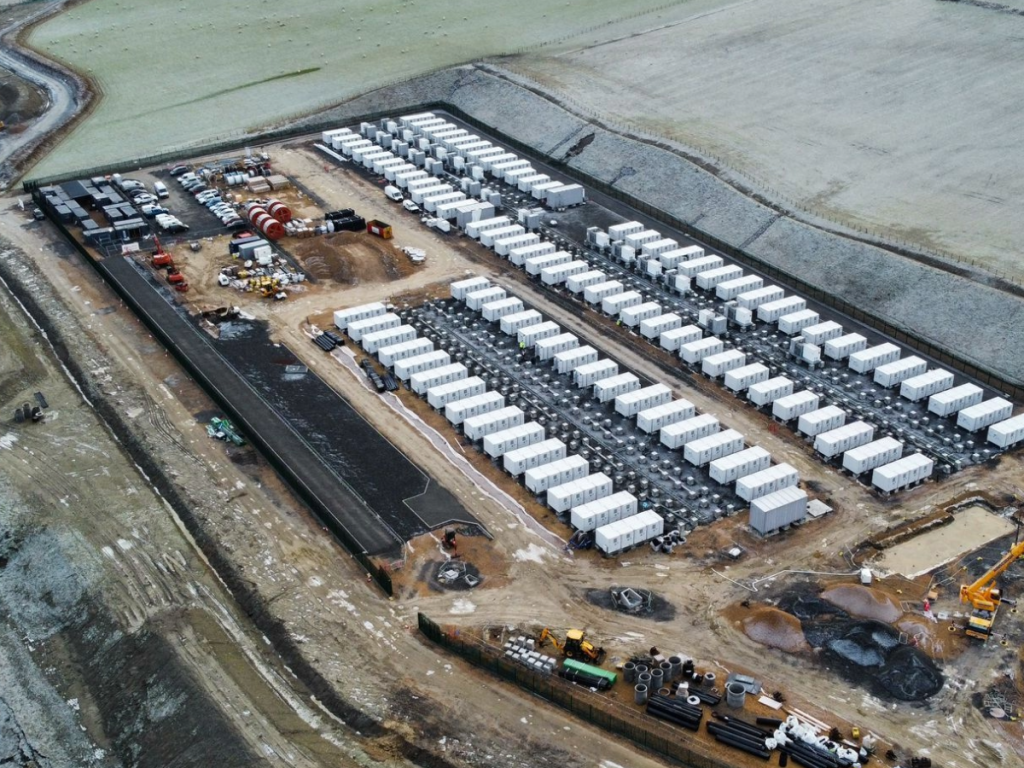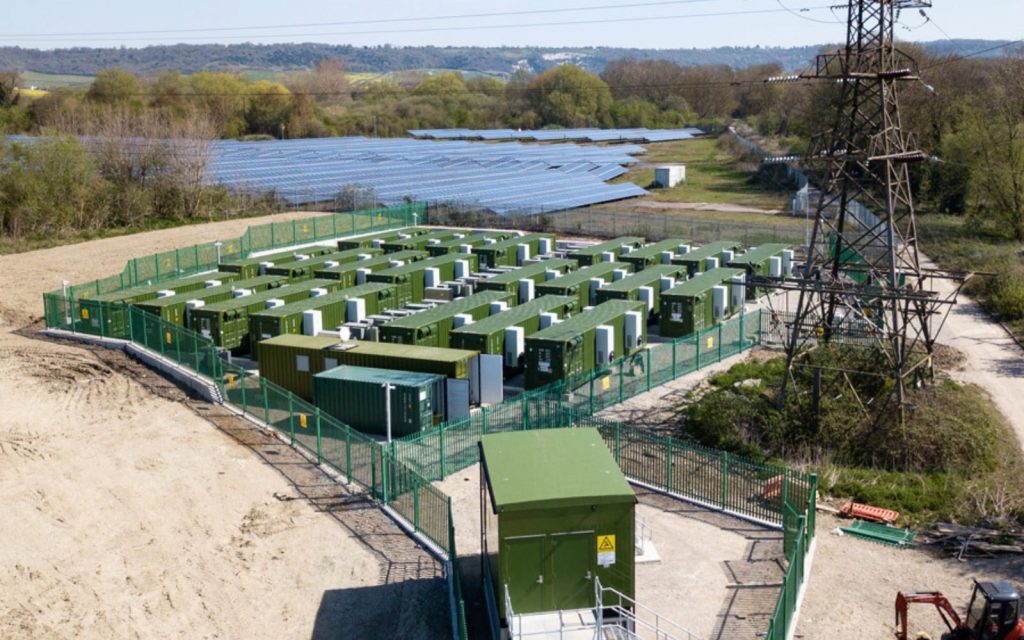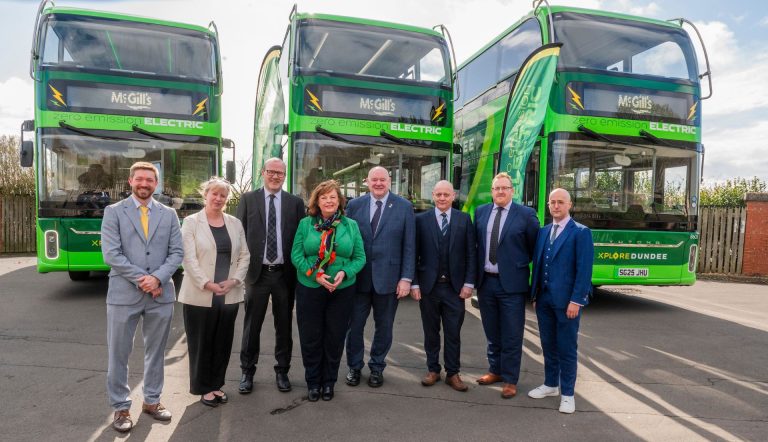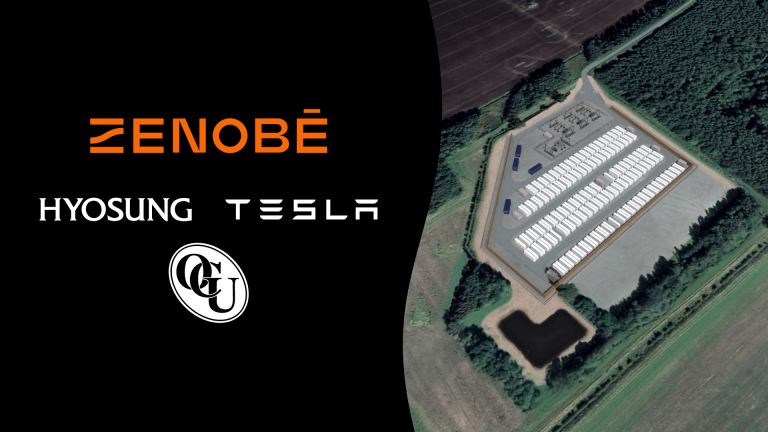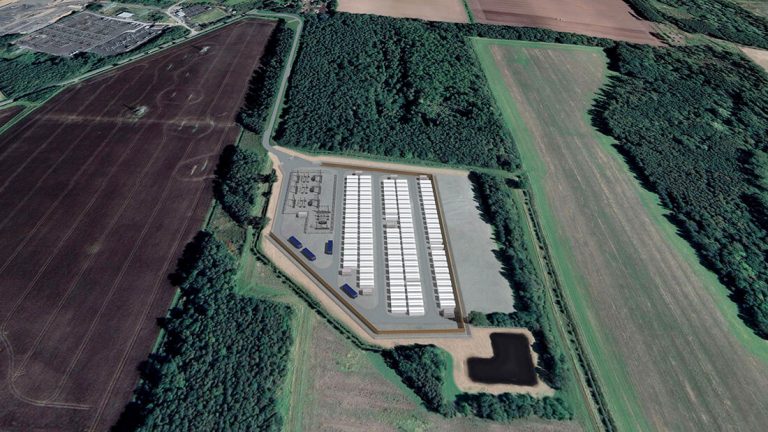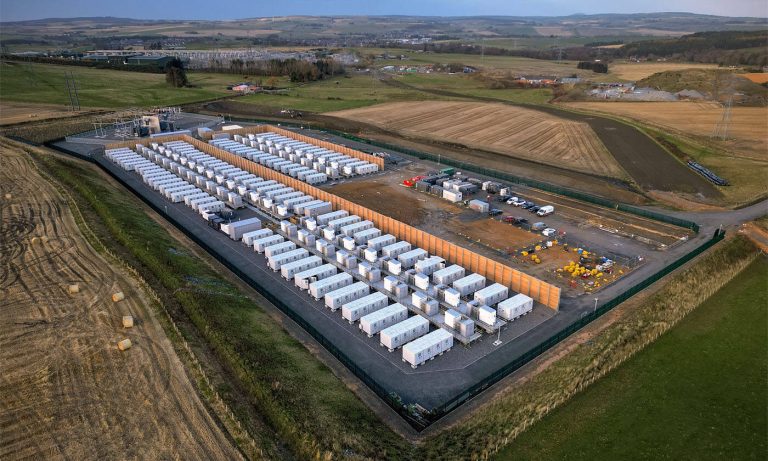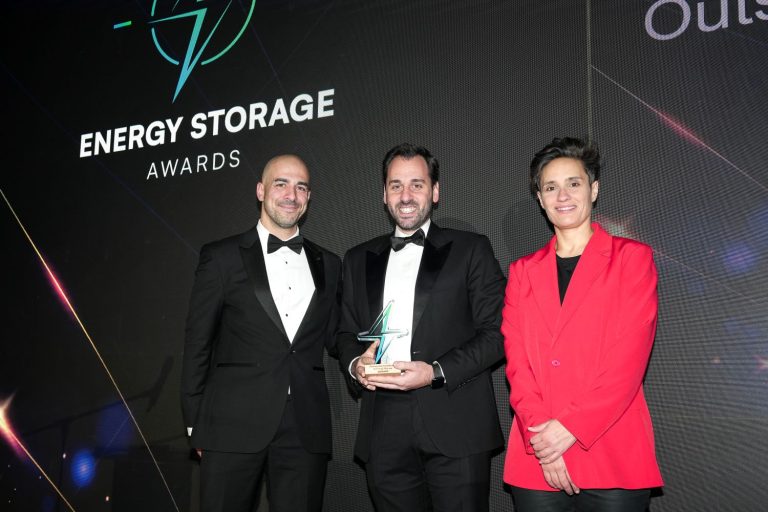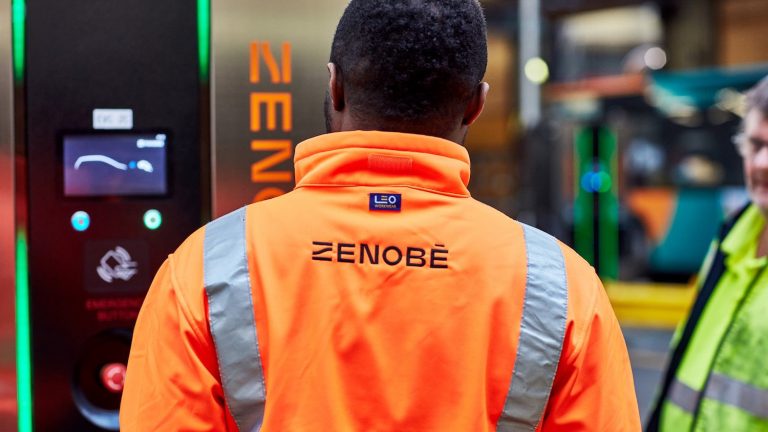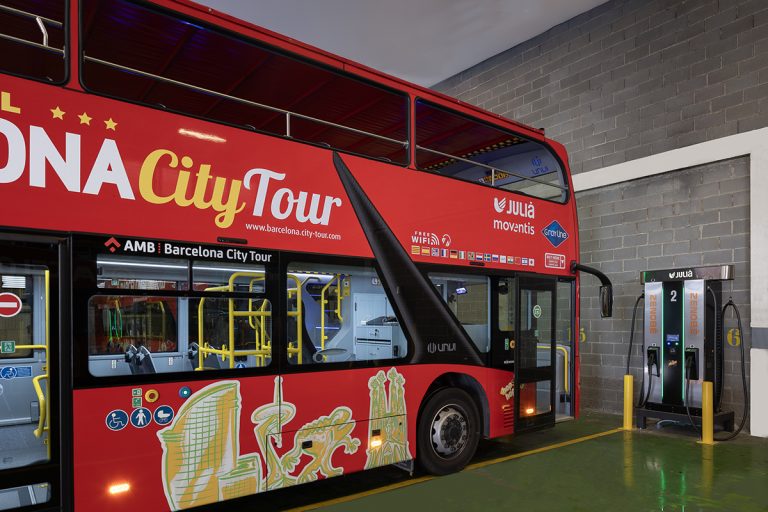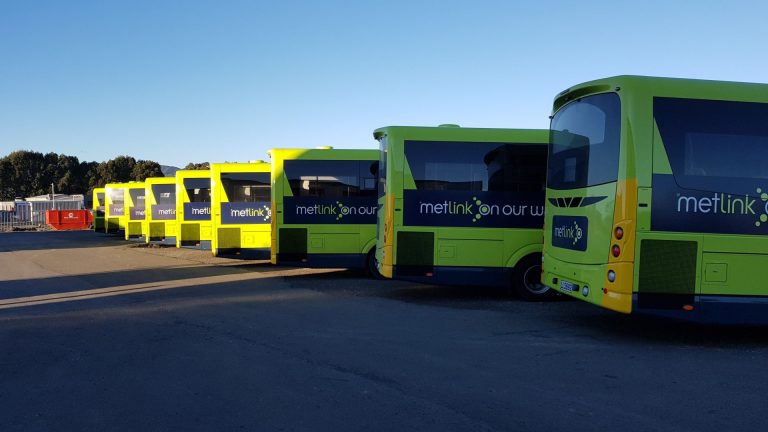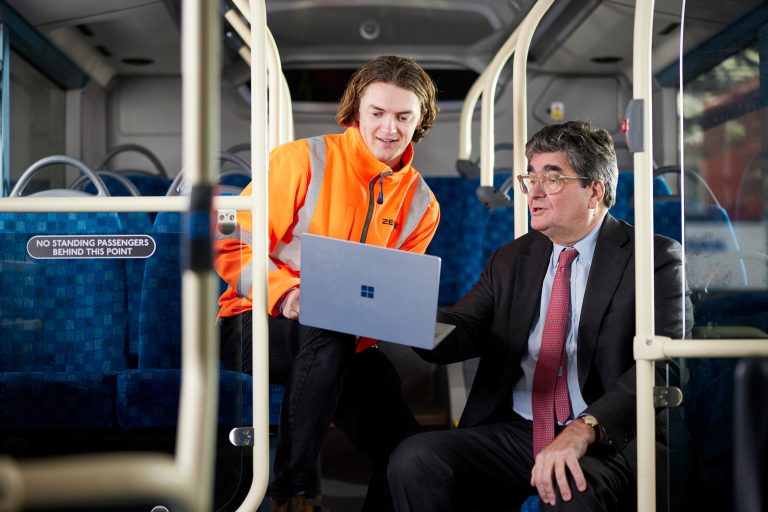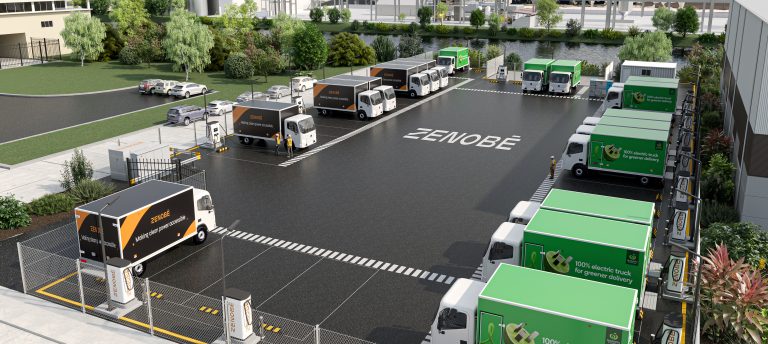Community engagement:
Building our future, together
We believe that successful battery storage projects are built on strong community partnerships. Here’s how we approach project development and community engagement.
How we develop our projects
Our development process centres around three key elements: grid, land, and planning/permitting; engaging local stakeholders is crucial throughout the entire process
1. Securing a grid connection in a beneficial location
We identify strategic locations where battery storage can provide meaningful and cost-effective solutions to the electricity grid and enable the integration of low cost and carbon-free renewable power.
2. Finding suitable land
Once a grid connection is secured, we focus on finding land nearby. This includes outreach to landowners to secure mutual agreement on land use. The closer to the substation the better as this maximises the efficiency of the battery storage solution.
3. Planning with community at the heart
Early community engagement provides an opportunity to receive feedback on the proposed development, enabling us to refine our projects to address potential concerns and align with community expectations.

United Kingdom
We notify stakeholders of our intent and gather the community’s input through pre-application meetings and consultations before submitting our planning application.

United States
We hold multiple public meetings to solicit input and address concerns with the proposed project. Often these meetings are held as part of the Town permitting process, other times Zenobē holds these meetings independently.

Australia
We are committed to making a meaningful contribution to communities, including First Nations peoples, through our clean energy projects. We respect cultural heritage, foster open dialogue, and create lasting local economic and social benefits, following Clean Energy Council and IAP2 best practices.
Following these key stages, the site is designed based on the feedback received and the requirements of the grid. A full planning/permitting application draws on this feedback and is submitted to the relevant authority to obtain approval.
Engaging with the community throughout delivery
We’re committed to building our projects with community concerns and ideas at their heart. Once the planning permission is secured, we work to keep the local community engaged with the project as it progresses through the delivery phase.
- Pre-construction engagement: We share timelines, plans, and schedules with the community to provide transparency and an open forum for feedback.
- Ongoing community dialogue: Our project development and delivery teams facilitate regular meetings (usually monthly), providing updates, addressing concerns and gathering feedback to keep the community involved and informed.
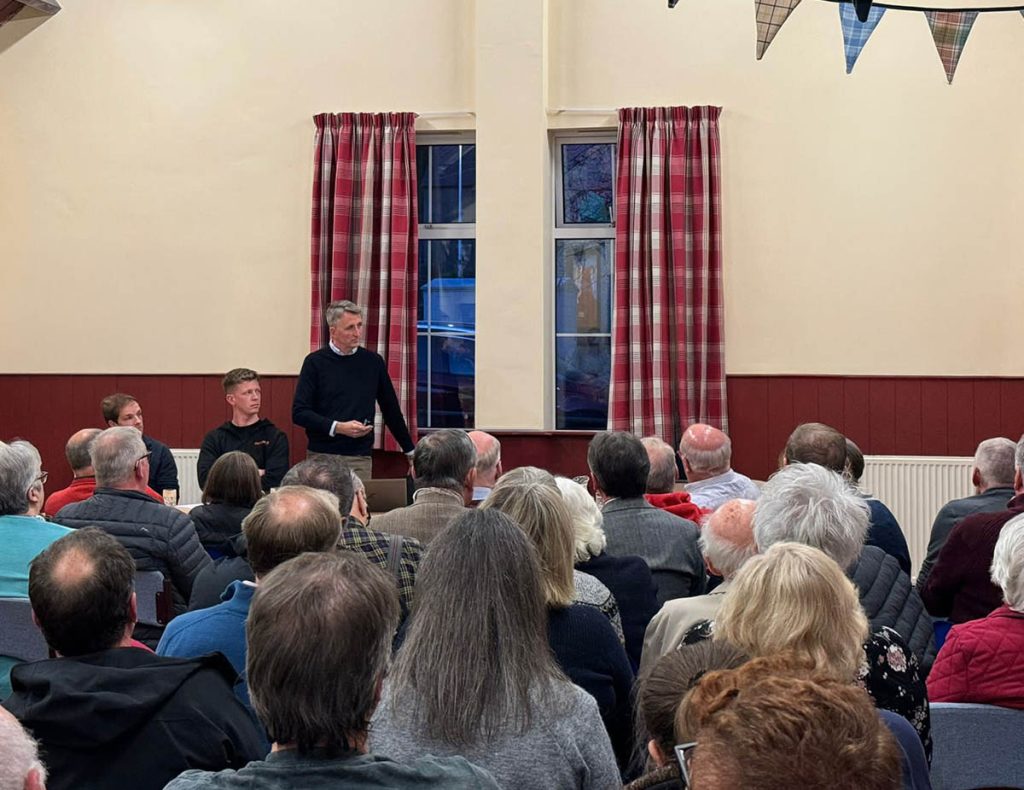

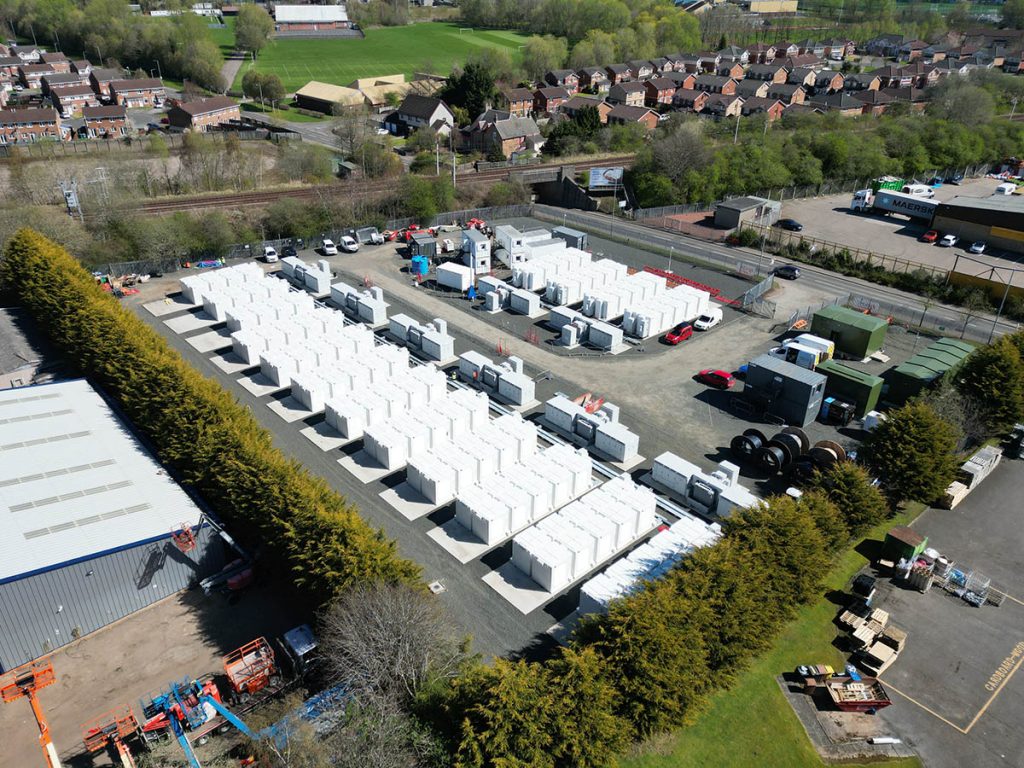
Delivering tangible, well-considered community benefits
Whether through our battery storage projects, or the community benefit schemes we set up, we aim to make clean power accessible and improve the lives of those we work with and around.
- Tailored benefits: We align benefits with local needs and priorities, ensuring they are impactful and meaningful.
- Collaborative approach: Through close consultation with residents and communities, we design benefits that resonate with the unique characteristics of each area.

Upcoming community events
Kilmarnock South Monthly Meeting (10)
Date: 06/02/2025 (last Wednesday of every month thereafter)
Time: 18:00 - 20:00
Location: Ayrshire Food Hub
Eccles Pre-construction Meeting
Date: 29/01/2025
Time: 19:00 - 21:00
Location: Letholm Village Hall
Frequently asked questions
Construction time depends on numerous factors and may vary, firstly due to the size of the project itself. That said, it would typically take between 18-24 months to construct, energise and complete a 300MW project. Smaller projects may be quicker and larger projects may be slightly longer accordingly. In addition, other factors such as delays or complications in the delivery process, obtaining necessary permits or weather conditions also have an impact on the delivery timeline.
We expect sites will run for up to 30 years before being decommissioned and the land restored to its original state. Once live, the sites are operated and controlled remotely by our Asset Management and Operations team, with maintenance teams typically visiting each of our sites monthly.
We endeavour to minimise disruption throughout the construction period and engage with local councils and roads associations throughout the planning and construction phases to ensure this. The primary source of disruption can be from increased vehicle numbers on the local road network, and occasionally noise from construction activities.
We work with trusted subcontractors throughout the project and appoint internal project managers to ensure they maintain Zenobē’s high standards for health and safety. All work is undertaken in-line with industry and environmental best practice guidelines and controlled through planning/permitting processes.
Almost all approve projects, no matter the country they are developed in, require the developer to submit and adhere to various environmental and traffic management plans, drainage strategies and more.
We design our sites to minimise noise disruption as much as possible and comply with strict noise limits set out in our plans. We work hard to minimise disturbance to local communities but neighbouring properties may hear some noise under certain conditions. The batteries, inverters and transformers do emit noise during operation. The dominant noise source is the hum of the cooling fans on the batteries, the inverters, and the transformers.
Noise characteristics and the limits we are required to comply with are site specific. Predicted noise levels are provided as part of the planning/permitting application and are assessed before planning permission is granted. Following this, there are typically noise conditions within any planning permission with very strict operational limits to protect the amenity of the local area. Although not applicable to every project, this often requires the installation of non-invasive acoustic fencing and inherent equipment-specific silencers to support this.
See an example of these at one of our sites:

We are committed to providing safe, clean and reliable energy to the public. We use proven and reliable technology that has undergone extensive safety testing relating to potential fire and other risks.
We also have extensive fire safety provisions in place to reduce the risk of a fire occurring or spreading should it ever get to that stage.
We engage with the local fire and rescue services near our sites to develop site-specific emergency response and hazard mitigation plans and maintain that engagement throughout the operational phase of the project. All of our systems are designed so as to be in compliance with all local and national fire codes and are tested during rigorous certification processes. As a result:
- Individual battery cells are continuously monitored and automatically shut down if any issues are detected.
- Battery cabinets are designed so that fire cannot spread from one cabinet to another.
We do not always develop on agricultural land and when available, we develop on brownfield sites. For example, we developed our battery at Wishaw on the site of a former foundry.
However, brownfield sites are not always available at the specific places where battery storage is needed to balance the grid as they need to be close to a substation. This limits the search area, particularly when you take account of any environmental designations (e.g. SSSIs,) and technical constraints (e.g. avoiding river and railway crossings, good access off the main road). Often only agricultural land is available.
In addition to this, we need to find a landowner who is willing to lease their land for our development, which further restricts our options.
In the UK, as part of the planning application process and through consultation with the local community, our consultants draw up landscaping plans to a satisfactory level whereby a biodiversity net-gain calculation can show that a net-gain of sufficient magnitude Is realised as part of the delivery of the project.
Our benefit programmes are developed in consultation with local communities to ensure they are well-considered, will deliver tangible impact and respond to the nuances of each area we work in.
Our preferred approach is to establish a charitable fund to provide financial support to community organisations and initiatives which is administered by a local community foundation.
For more information about community benefit in a specific area, please see the relevant project page.
Our battery storage developments are designed to be low-lying – we look at how we can minimise views and how landscaping can screen the site.
We are also required to comply with very strict noise limits to ensure we don’t affect the amenity of your home, often installing acoustic fencing to support this.
Therefore, there is no evidence to suggest that the development of our site will directly affect the value of your home.
Got a question about a specific project?
Or just want to learn more? Find out about our live project developments here.
Learn more about our work
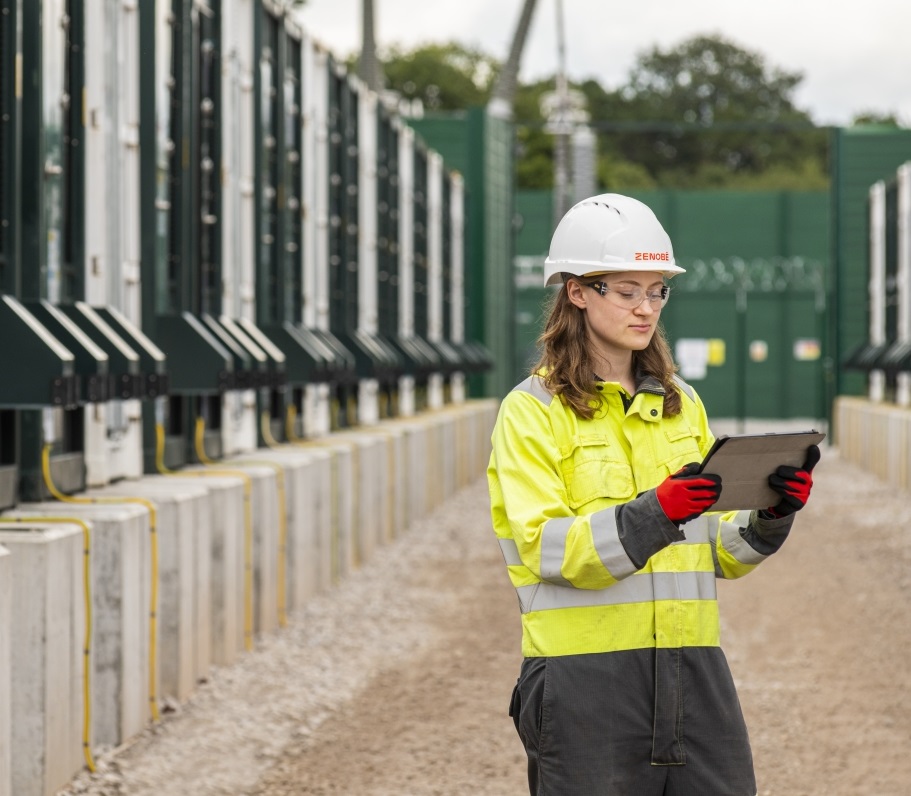
Do you have any questions?
If you have any questions about our projects, please get in touch.

